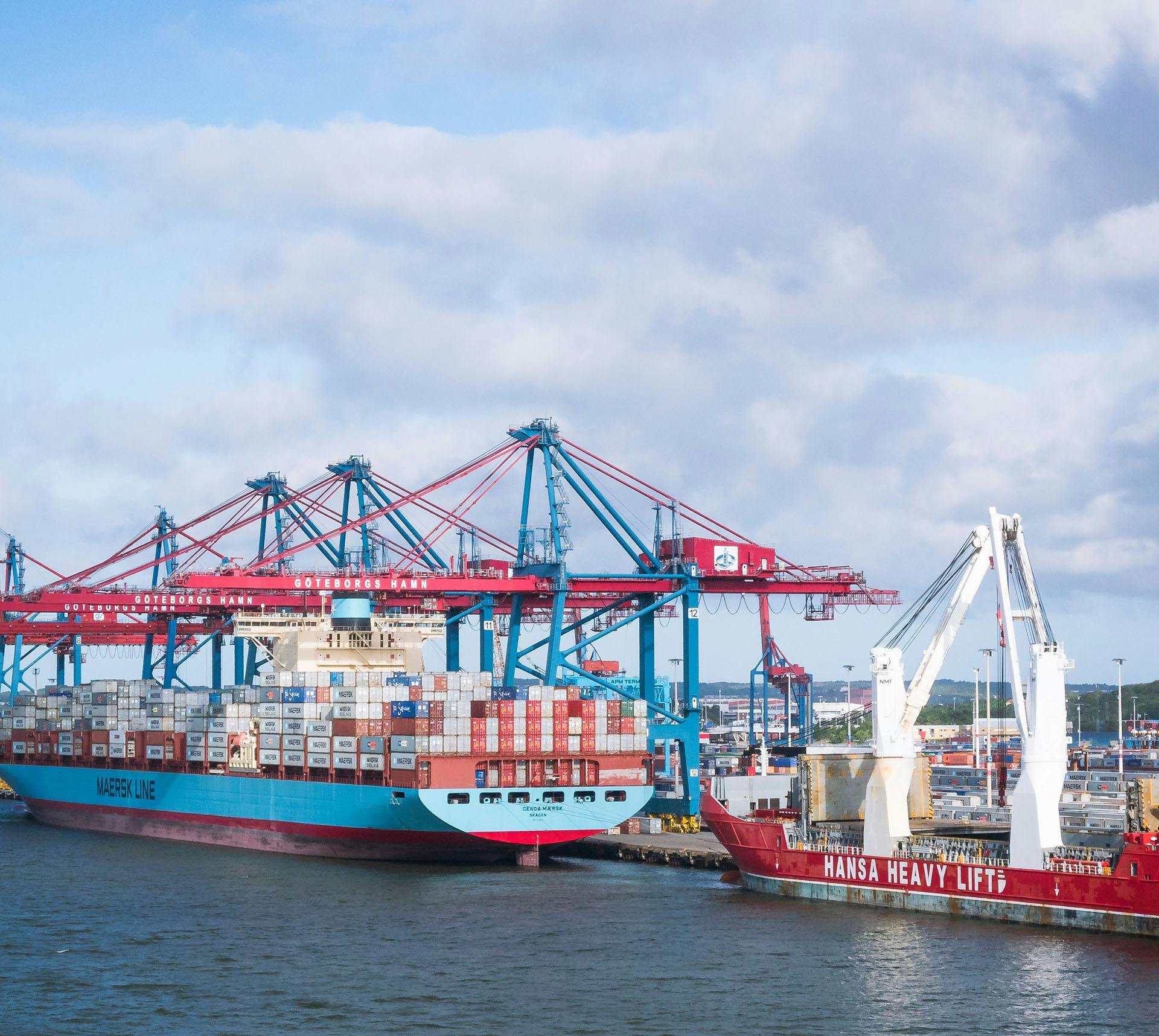The Limitation Act applies to an "owner of any vessel, whether American or foreign."5 The Limitation Act, however, does not define the word "owner". Judicial interpretation has found the word “owner” to be "untechnical" and should be given broad construction to achieve Congress' purpose of encouraging investment in American shipping.6
- Who are and are not "Owners"
When determining whether a party is an "owner" within the meaning of the Limitation Act, a court must look beyond mere title ownership and assess whether the party exhibited domination or control over the vessel.7 Corporate shareholders, mortgagees, prior vendors, life tenants, trustees and government agencies in wartime have been found to be "owners" entitled to limit their liability. Part owners of a vessel may also limit their liability up to the value of their interest in the vessel.8 Also, owners of the vessel at the time of the subject voyage but who have sold the vessel by the time litigation commences are considered "owners" for the purposes of losses occurring during the time they owned the vessel.9 Though courts are to give broad construction to the word “owner”, mere possession of a vessel does not confer “ownership” for purposes of the Limitation Act.10 As such, agents of the vessel owner, though they may have responsibility for maintenance and operation of the vessel, are not deemed "owners" for purposes of the Limitation Act.11
- Charterers who are Protected Under the Limitation Act
The Limitation Act expressly provides protection for a charterer who actually "mans, victuals, and navigates the vessel at his own expense, or by his own procurement, shall be deemed the owner of such vessel."12 A charter is a contract between the vessel’s owner and a third party for the use of the vessel. Not every charterer is afforded protection under the Limitation Act. The Act has been interpreted to include demise and bareboat charterers but not time or voyage charterers.13 A demise charterer, however, may only take advantage of the Limitation Act if the charter relinquishes possession, command and navigation of the vessel.14The charter must also expressly state that the owner grants the charterer the sole and exclusive possession and control of the vessel.15 Furthermore, the charterer, not the owner, must be required under the terms of the charter and actually procure the necessaries and man the vessel. The recent case of In re Am. Milling Co. found that the towboat’s crew's employer did not enjoy owner or owner pro hac vice status under the Limitation Act because its role under the crewing agreement was limited.16 Further, the employer’s interest was kept in check by the towboat owner’s retention of substantial control over decisions related to the operation and control of the vessel, selection of the crew, and maintenance of the vessel.17








